Centuries
Extraits
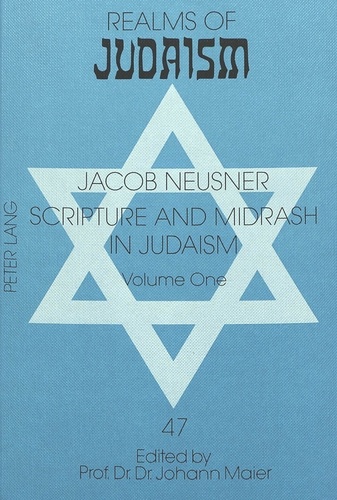
Sciences politiques
Scripture and Midrash in Judaism
03/1994

Egypte
Italian Subalterns in Egypt between Emigration and Colonialism (1861-1937). Textes en français et anglais
04/2021

Littérature française
Le Chasse-Ennui
04/2022

Romans policiers
Désordre du temple
03/2024

BD tout public
L'expédition Tome 3 : Sous les larmes sacrées de Nyabarongo
09/2017
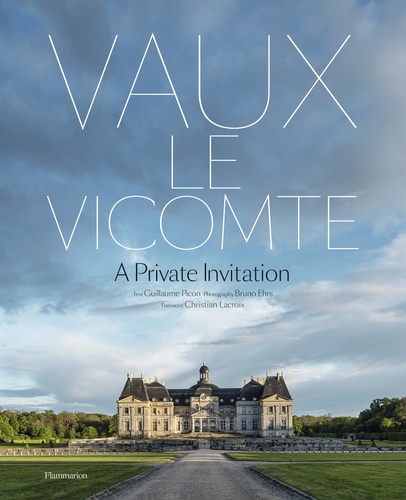
Monographies
Vaux-le-Vicomte. A Private Invitation
09/2021

Nostradamus
La Vie et le testament de Michel Nostradamus. Précédé de Nostradamus revisité par Emmanuel Dufour-Kowalski
11/2022
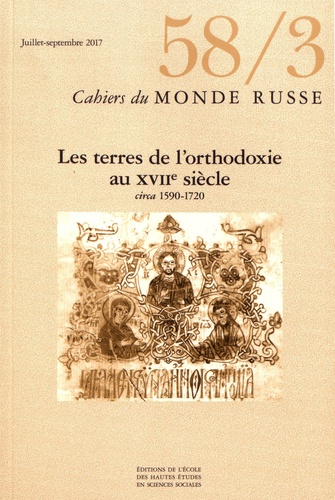
Histoire internationale
Cahiers du Monde russe N° 58/3, juillet-septembre 2017 : Les terres de l'orthodoxie au XVIIe siècle circa 1590-1720. Textes en français et anglais
12/2017
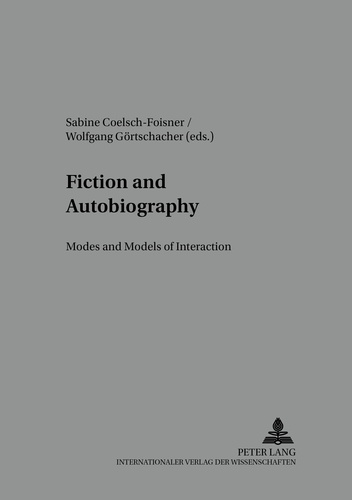
Histoire internationale
Fiction and Autobiography
04/2006
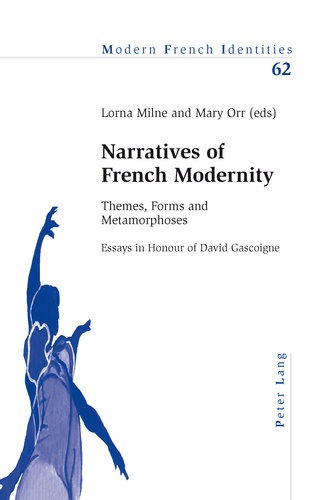
Sciences politiques
Narratives of French Modernity
03/2011

Monographies
Arabian Leopard. Treasures of Alula
01/2022
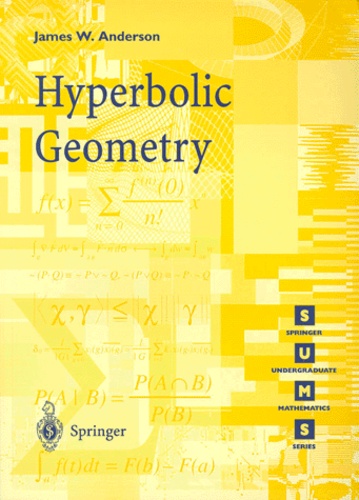
Mathématiques
HYPERBOLIC GEOMETRY
11/1999

Non classé
How Judaism reads the Torah, III
09/1993
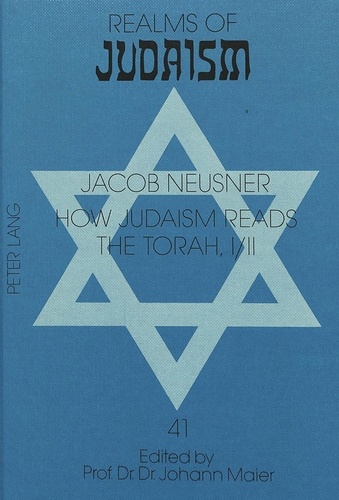
Non classé
How Judaism reads the Torah I / II
10/1993
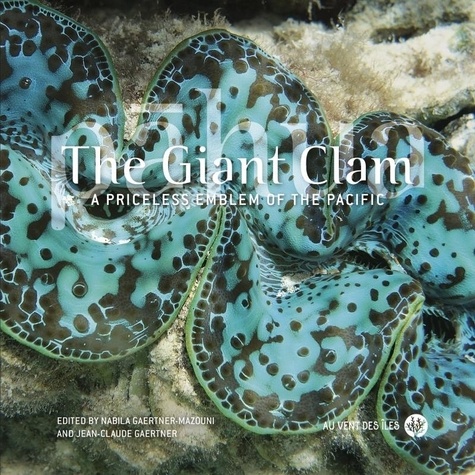
Milieux naturels
The Giant Clam - A priceless emblem of the Pacific. A priceless emblem of the pacific
04/2022
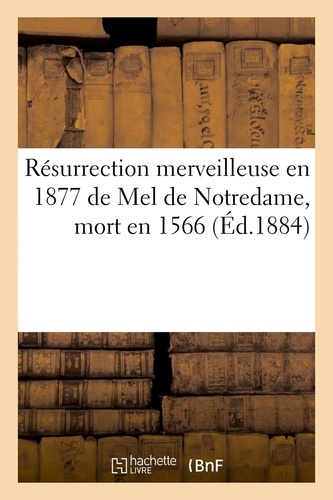
Histoire internationale
Résurrection merveilleuse en 1877 de Mel de Notredame, mort en 1566. Troisième faisceau de vraie lumière. Divulgation du grand secret d'interprétation
10/2020
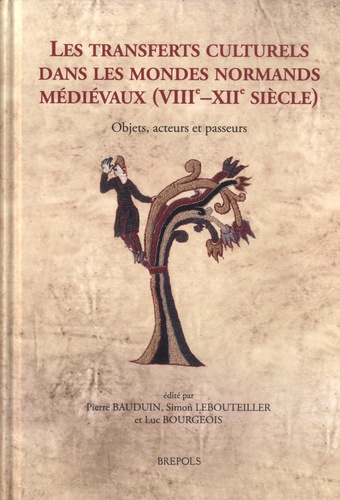
Histoire de France
Les transferts culturels dans les mondes normands médiévaux (VIIIe-XIIe siècle). Objets, acteurs et passeurs, Textes en français et anglais
01/2022
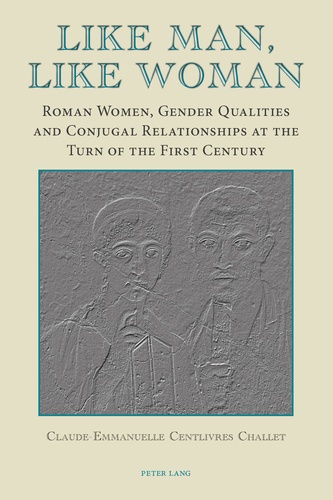
Religion
Like Man, Like Woman
07/2013
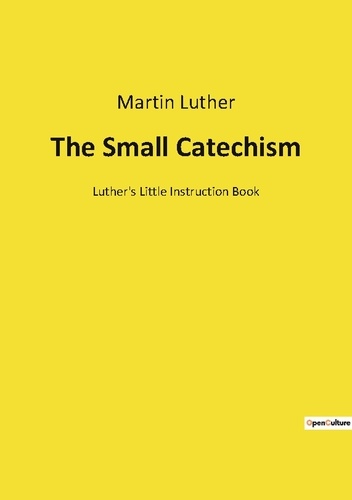
Ouvrages généraux
The Small Catechism. Luther's Little Instruction Book
11/2022

Grands textes illustrés
Kay Nielsen 1001 knight
06/2023
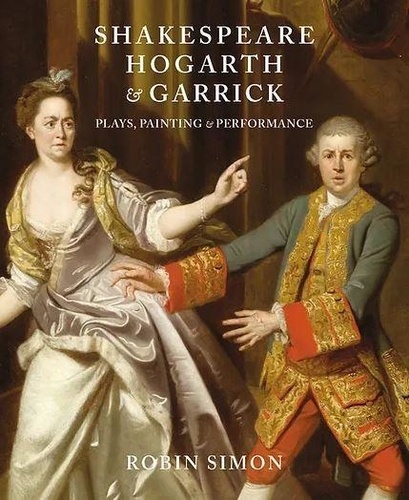
Monographies
Shakespeare, Hogarth and Garrick. Plays, Painting and Performance
06/2023

Non classé
Proserpina</I>"
12/2008
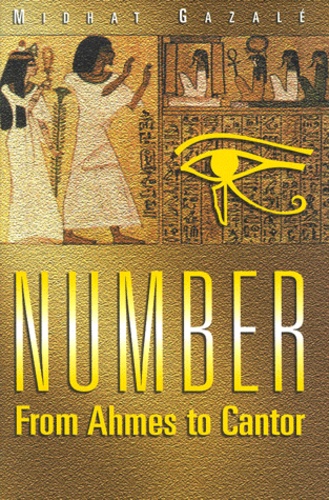
Histoire et Philosophiesophie
Number from Ahmes to Cantor
01/2000

Monographies
Burmese Silver from the Colonial Period
09/2022
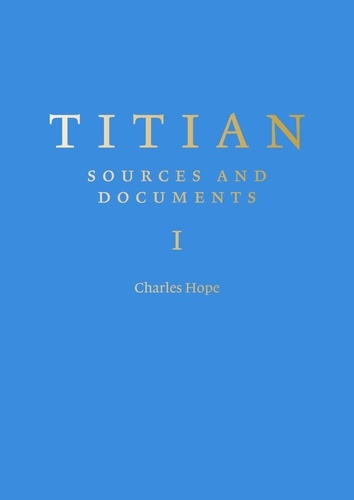
Monographies
Titian : Sources and Documents
04/2023
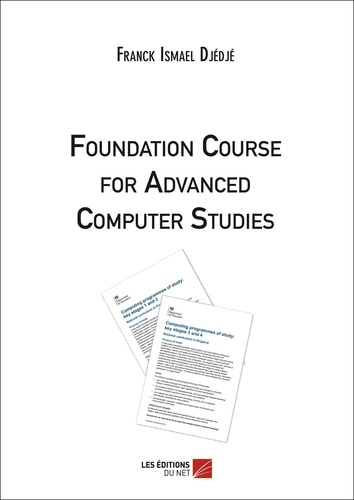
Informatique
Foundation Course for Advanced Computer Studies
11/2015
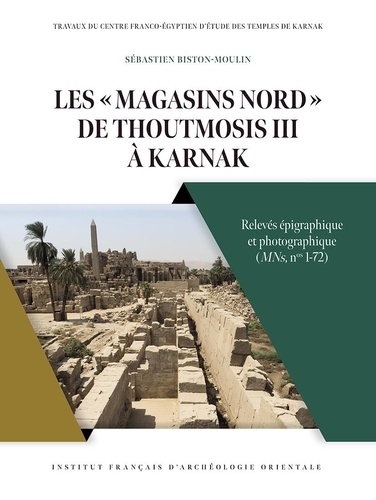
Egypte
Les «Magasins nord» de Thoutmosis III à Karnak. Relevés épigraphique et photographique (MNs, nos 1-72)
02/2024
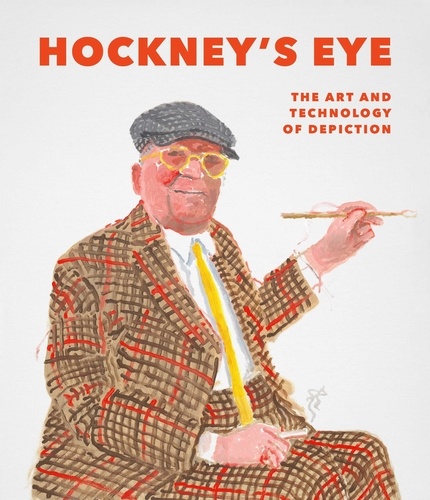
Mouvements artistiques
Hockney's Eye. The Art and Technology of Depiction
04/2022
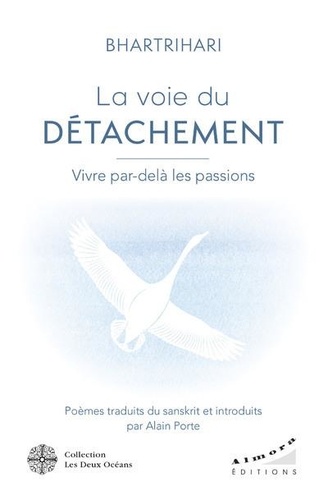
Poésie
La Voie du Détachement. Cent versets pour vivre par-delà les passions
04/2022
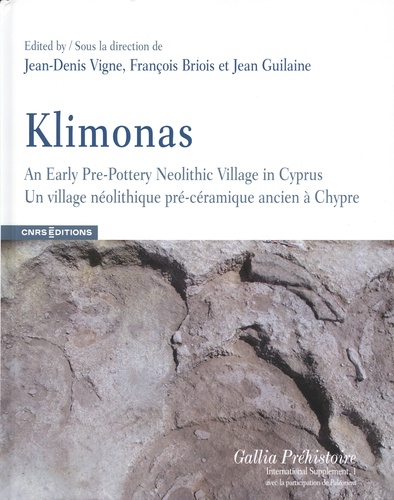
Archéologie
Klimonas. Un village néolithique pré-céramique ancien à Chypre, Textes en français et anglais
07/2023


